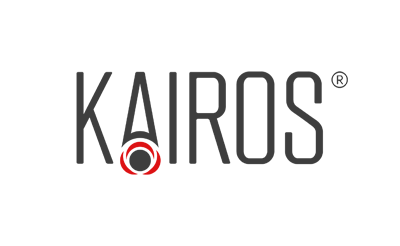Lack of paint adhesion on aluminium parts. Paint chipping when drilling holes and setting rivet bushings. Complaints from customers. These are the three main problems that occurred during the process surface preparation for painting on the production line for ventilation system components. Below is the process that, after a series of successful tests, led to the full implementation of Kairos products.
The process of preparing a surface for painting:
Spray washer, automatic, dual-zone - washing with phosphate, rinsing. High operating temperatures- 55-60°C. We always pay particular attention to the energy intensity of the process. In this plant, in order to heat the bath to the required temperature and start painting at around 6.30am, the controller switched on the electric heaters at around 1.00am, which ran under load for another 5:30h.
Washed details:
ventilation system components made of steel, zinc and aluminium.
Measures applied:
classic phosphatisation.
Problems
- No paint adhesion on aluminium parts.
- Paint chipping when drilling holes and setting rivet bushings.
- Complaints from customers.
Proposal and process for implementing the Kairos solution:
The client sent samples of components made of different materials to our laboratory for painting. The components received consisted of several materials. Normally with such a mix (steel, tin, aluminium), we propose to separate the treatment of white metals from steel.
In this case, this was not possible due to the engineering limitations of the washing machine. The Kairos laboratory faced the challenge of selecting the chemical treatment parameters in such a way as to achieve sufficiently high oxide etching from the surface of the aluminium and galvanised components, while avoiding the application of too thick a conversion coating on the steel.
Laboratory tests conducted with the product Kairo-SURF PF AR were successful and the treated samples were sent back to the customer. After varnishing and in-house quality testing, the decision was made to start testing on an industrial scale.
The line was cleaned before filling. The solution of concentration 0,7 % and temperature 26 °C was ready to wash the first elements within about 1 hour of pouring.
The washed aluminium parts were painted and then drilled to accommodate the threaded bushings.
No paint chipping was found during drilling or bushing seating. One of the components was deliberately scratched additionally with a drill blade to test the adhesion of the paint. The result was no chipping. The notch grid performed also showed high paint adhesion.
Post-implementation effects
- Removal of paint adhesion problems on aluminium
- correct machining of steel, galvanised and aluminium components in a single process
- bath heating time halved
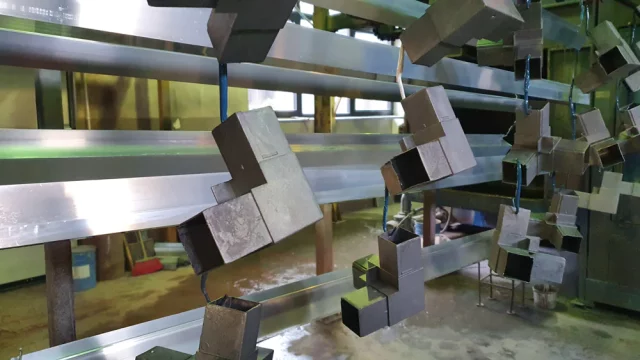
Aluminium components after washing and drying. Alu castings in the foreground. Visible blue-gold conversion coating
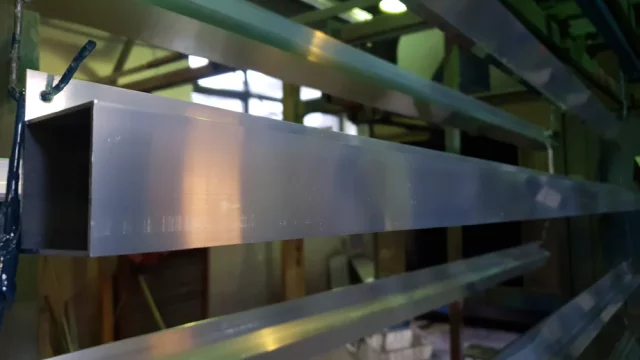
Aluminium profile after cleaning with conversion coating
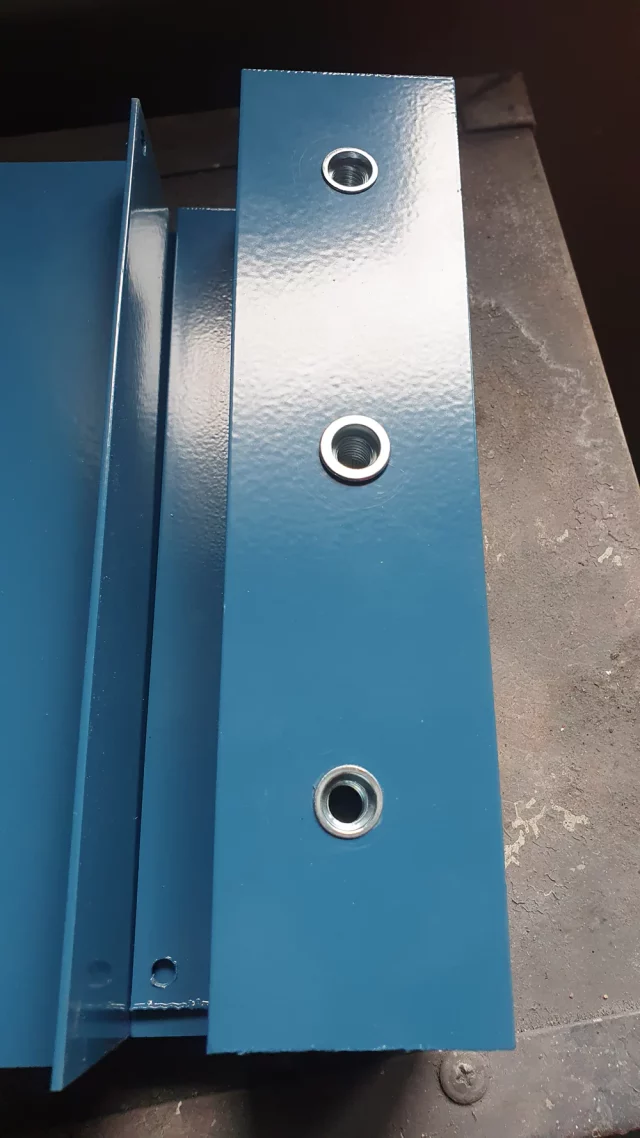
Aluminium profile after painting with embedded threaded bushings. No paint chips at the edges of the bushings
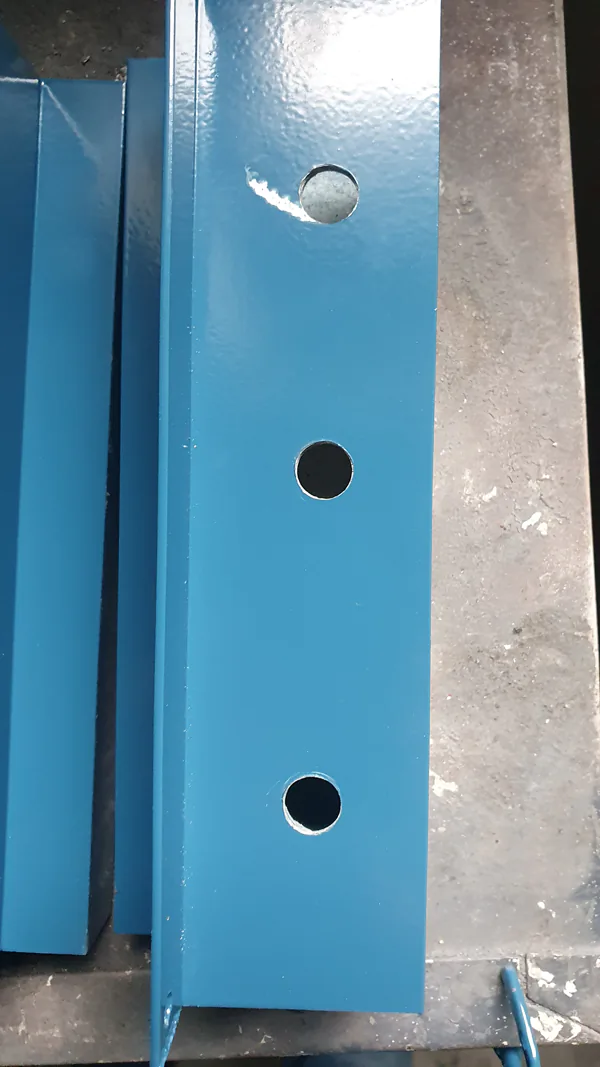
Aluminium profile after painting, with holes drilled - no chipping when drilling. In addition, deliberate scratching of the coating with a drill - no chipping around the mark.
